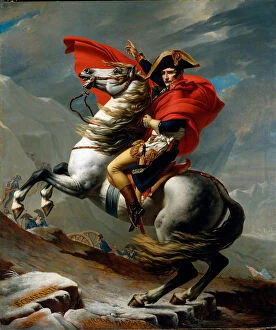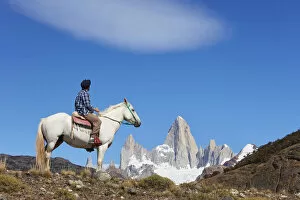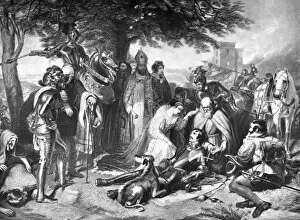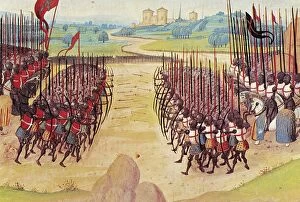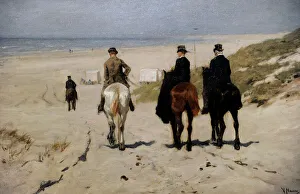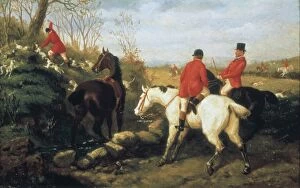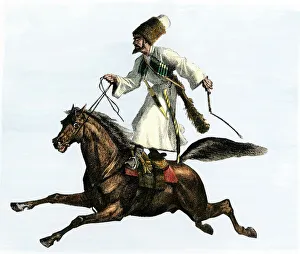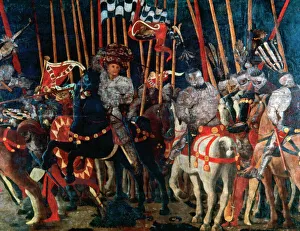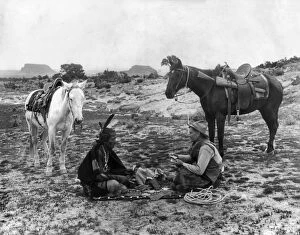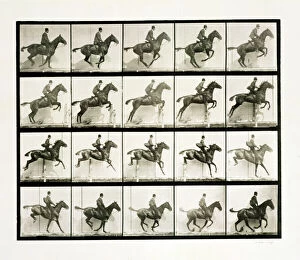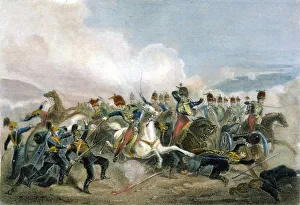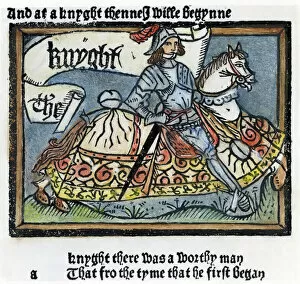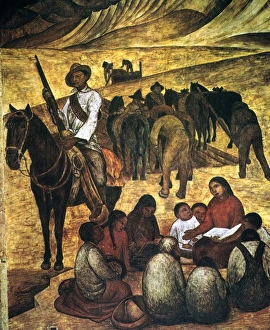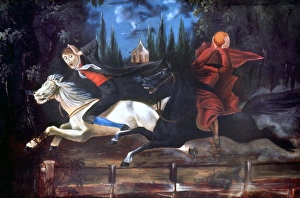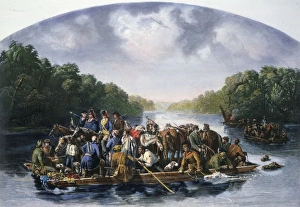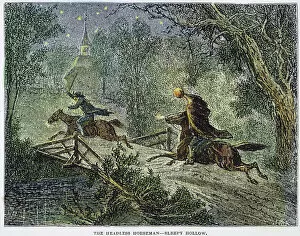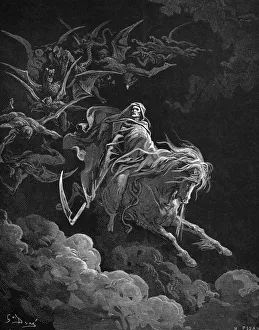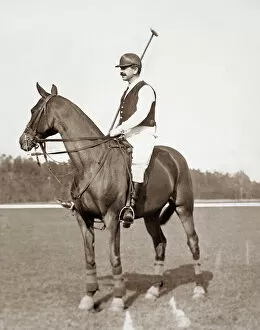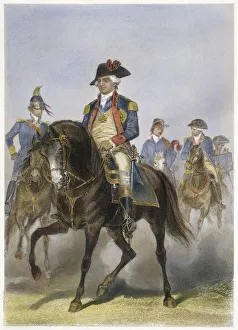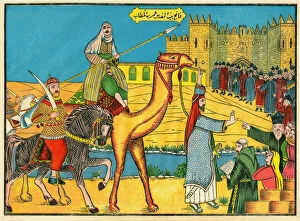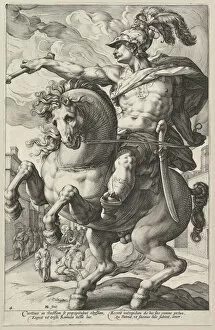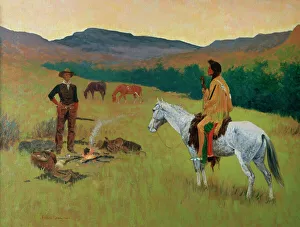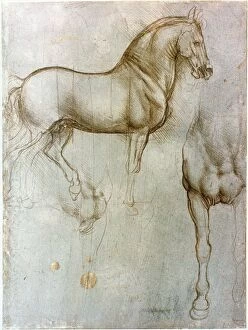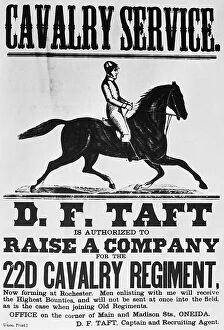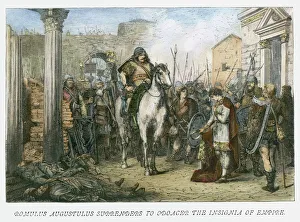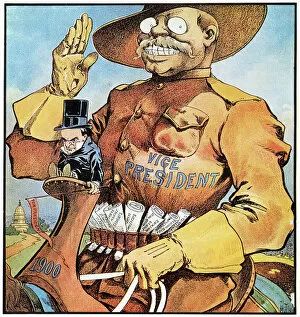Horseman Collection
"Horseman: A Timeless Symbol of Power, Speed
All Professionally Made to Order for Quick Shipping
"Horseman: A Timeless Symbol of Power, Speed, and Bravery" From the historic Battle of Agincourt in 1415 to the captivating artwork of Paolo Uccello's "The Battle of San Romano" in 1456, horses have played a significant role as loyal companions and formidable warriors throughout history. Whether charging into battle or gracefully leaping over fences, these majestic creatures have always captivated our imagination. In Edward Benjamin Herberte's hunt scenes from the late 19th century, we witness the harmonious bond between man and horse as they navigate treacherous terrains with unwavering trust. The artist Eadweard J Muybridge freezes time with his iconic photograph capturing a man and horse effortlessly jumping a fence in perfect synchronization. Moving beyond reality into folklore and legend, playing cards from around 1915 depict cowboys alongside Native American men seated on a blanket - showcasing different aspects of horsemanship that were integral to their respective cultures. One cannot forget Ichabod Crane's infamous encounter with the Headless Horseman attributed to William John Wilgus. This eerie oil painting transports us back to early 19th-century America where legends intertwine with reality. Horses also feature prominently in tales such as Sir Gawain beheading the Green Knight and Lord Alfred Tennyson's epic poem "Charge of the Light Brigade, " which immortalizes the heroic charge during the Crimean War. These stories remind us that horses symbolize courage, honor, and sacrifice on both fictional battlegrounds and real-life conflicts alike. Even today, Mongol horsemen continue their ancient traditions while galloping across vast landscapes – reminding us that this timeless bond between humans and horses transcends borders and centuries. Lastly, Chaucer's Canterbury Tales introduces us to an honorable knight whose noble steed carries him through countless adventures. This woodcut illustration from around 1490 serves as a reminder that the horseman archetype has been celebrated in literature for centuries.

